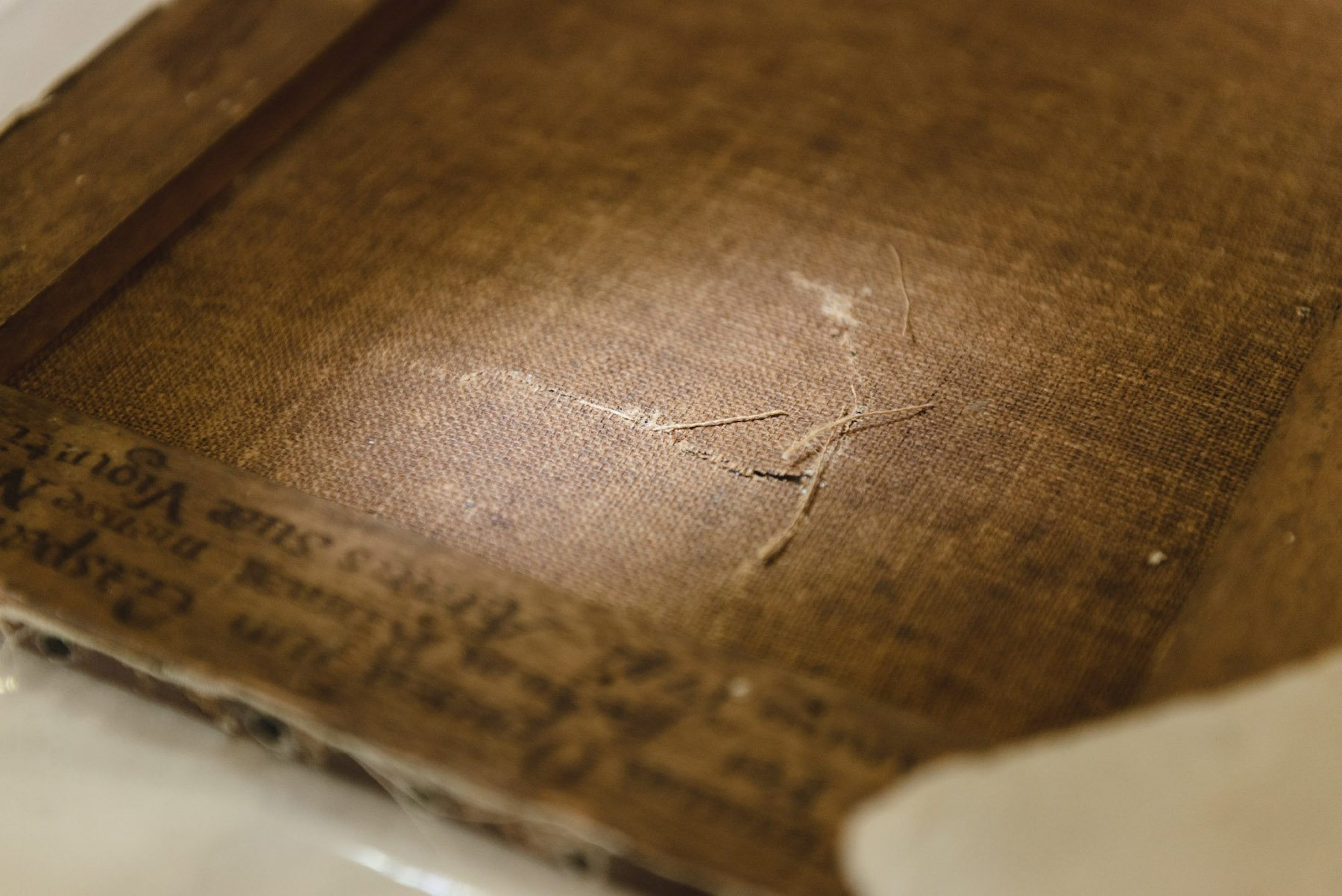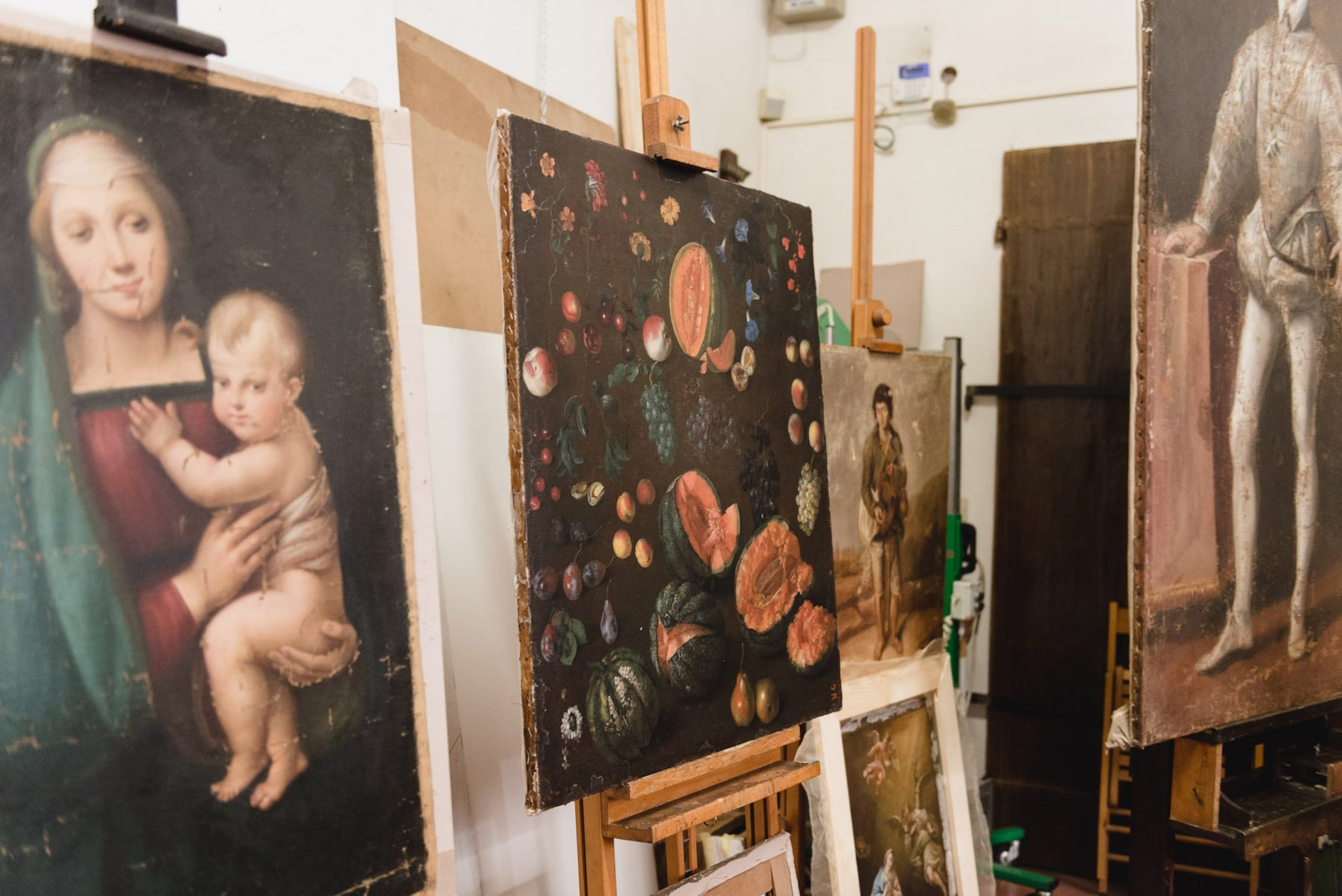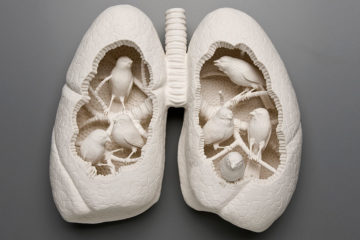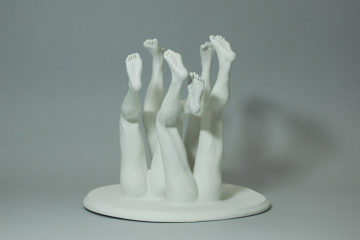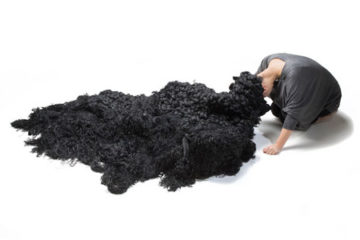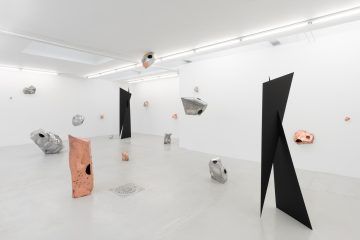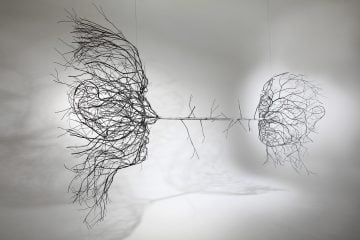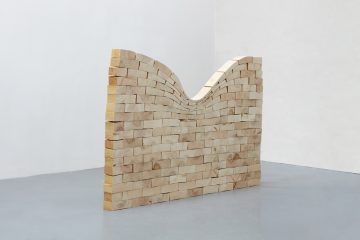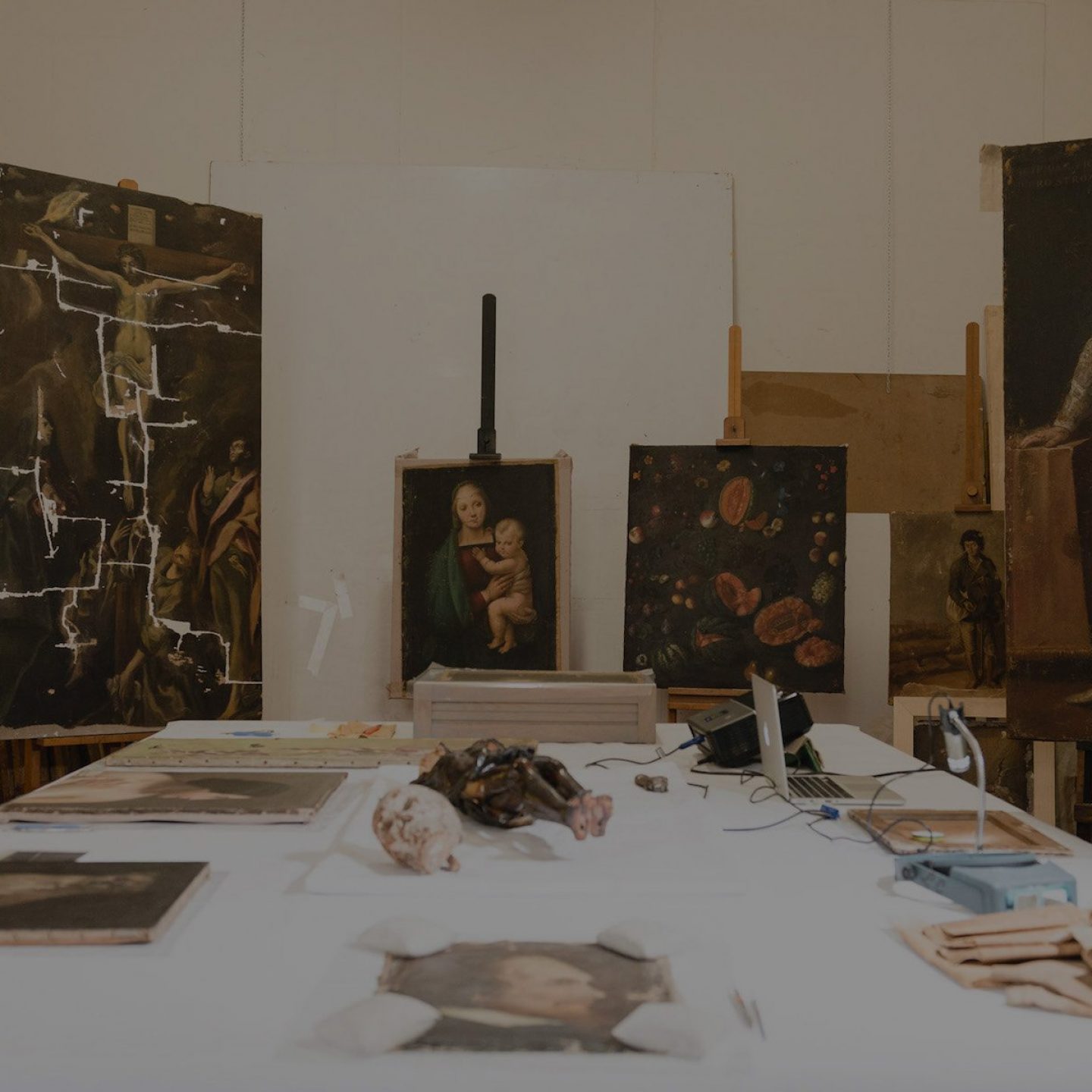
Bringing A Piece Of Art Back To Life With Studio Lorenzo Conti
- Name
- Studio Lorenzo Conti
- Images
- Studio Lorenzo Conti
- Words
- Charmaine Li
Our new series “The Genesis of Craftsmanship,” in collaboration with A. Lange & Söhne, takes us into the studios of makers whose painstaking manual work is carrying the time-honored tradition of their crafts into the future. Bringing a piece of art back to life is an art in itself – it requires time, patience and an incredible attention to detail. For our first installment in the series, we visited Studio Lorenzo Conti in Florence to get a better picture of the intricate handwork needed to restore a painting.
Alongside stacked easels, countless brushes and painted canvases in various states, you’ll also find unlikely objects in Lorenzo Conti’s studio like specialized visors that look like they came out of a sci-fi film and tiny tools you might spot at the dentist’s office. Whether it’s repairing cracks or fixing discoloration, it’s clear that being an art restorer means painstaking work and dedication.
Having collaborated with Florentine museums and workshops on prestigious projects for nearly two decades, Conti has been involved in the restoration of masterpieces like The Countess of Chinchon (1800) by renowned Spanish painter Francisco Goya, Spatial Concept ‘Waiting (1966) by Italian painter and sculptor Lucio Fontana and Self-Portrait before a Painting of “Amor Fedele” (1655) by Italian Baroque painter Giovanni Francesco Barbieri, best known as Guercino, among others. His specialty? Canvas paintings.
Recently, we paid Conti a visit to get a closer look at the skill, hard work and craftsmanship that goes into making an artwork beautiful again. Here’s a glimpse of him in action and his lab located on the ground floor of an ancient palace in the heart of Florence.
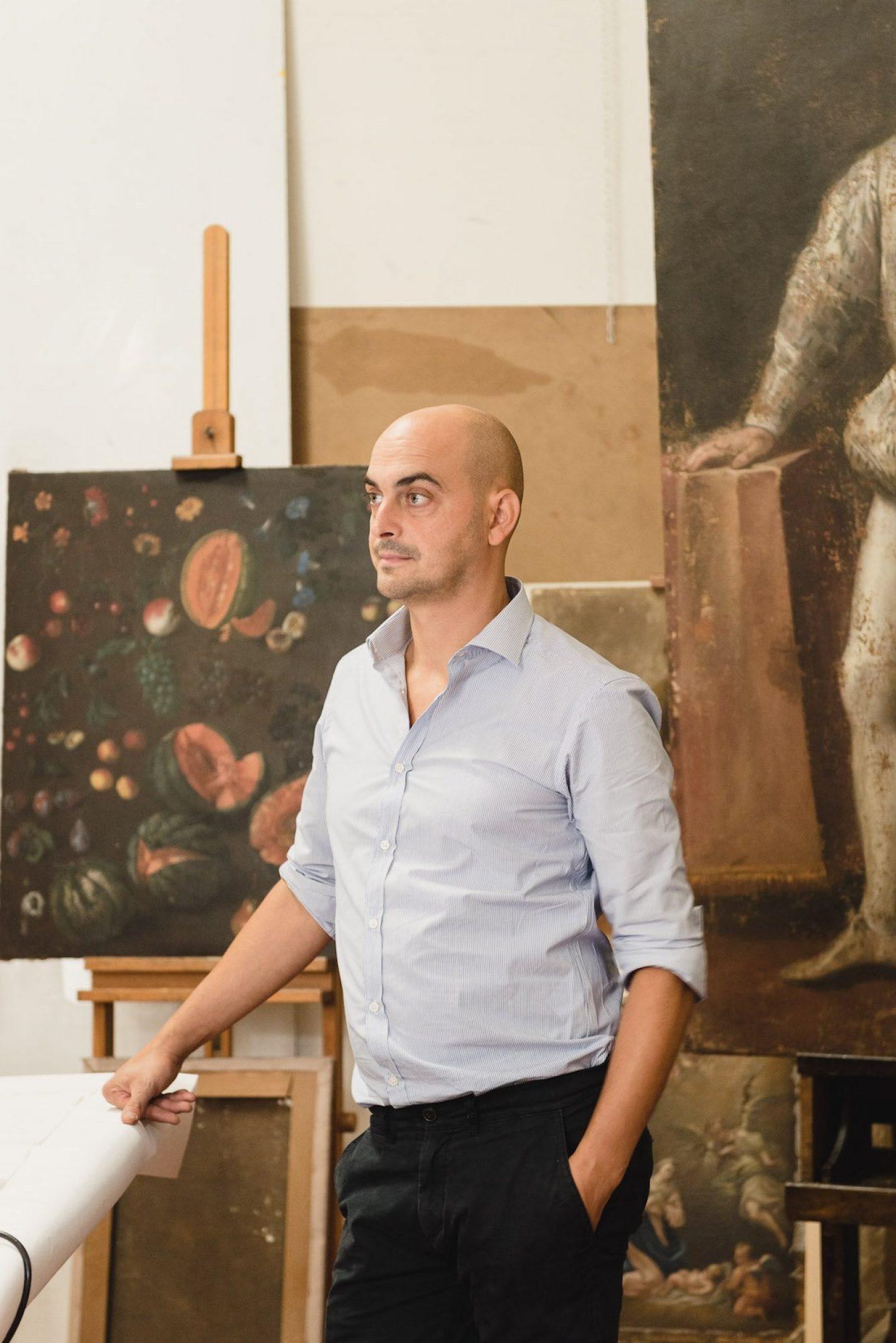
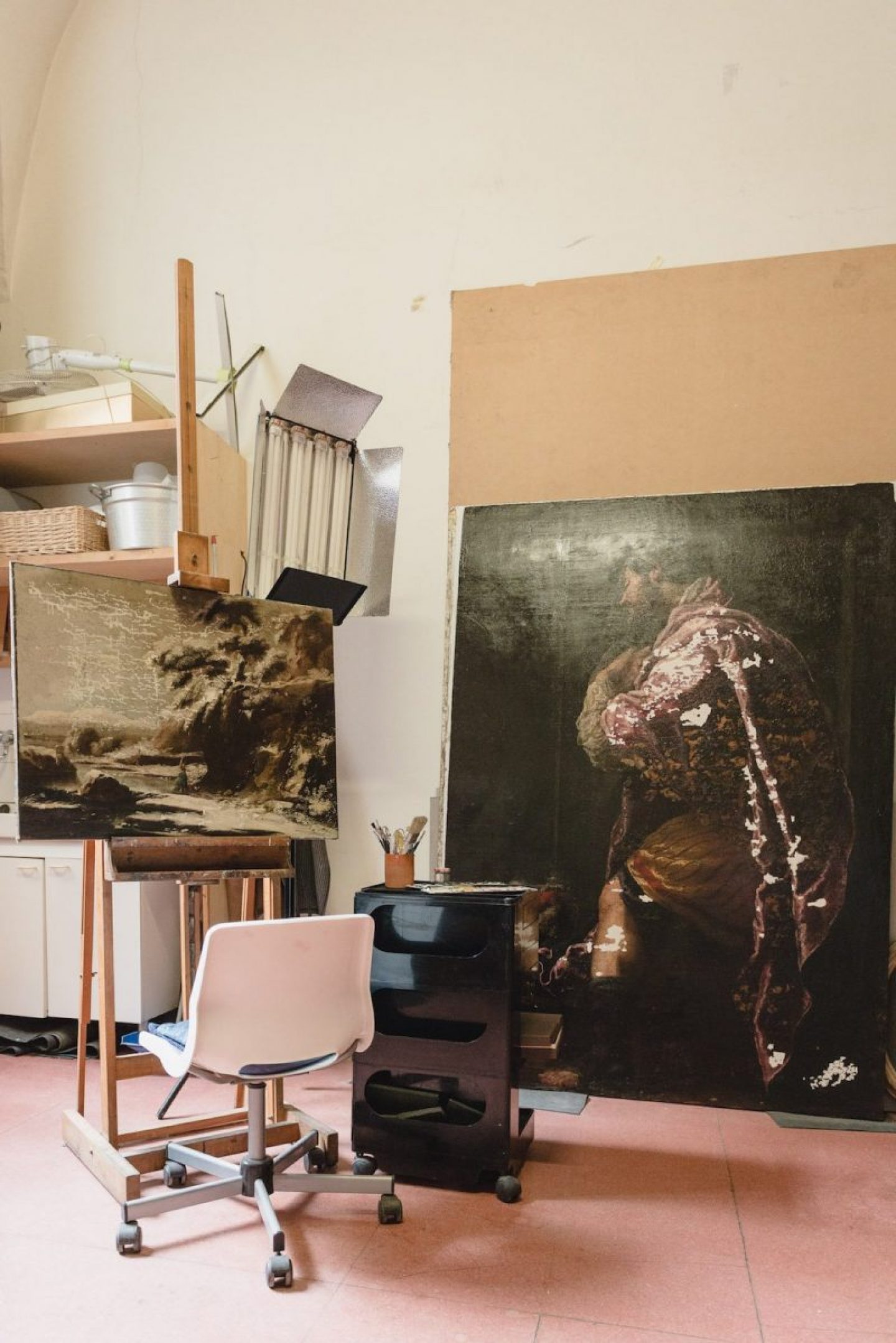
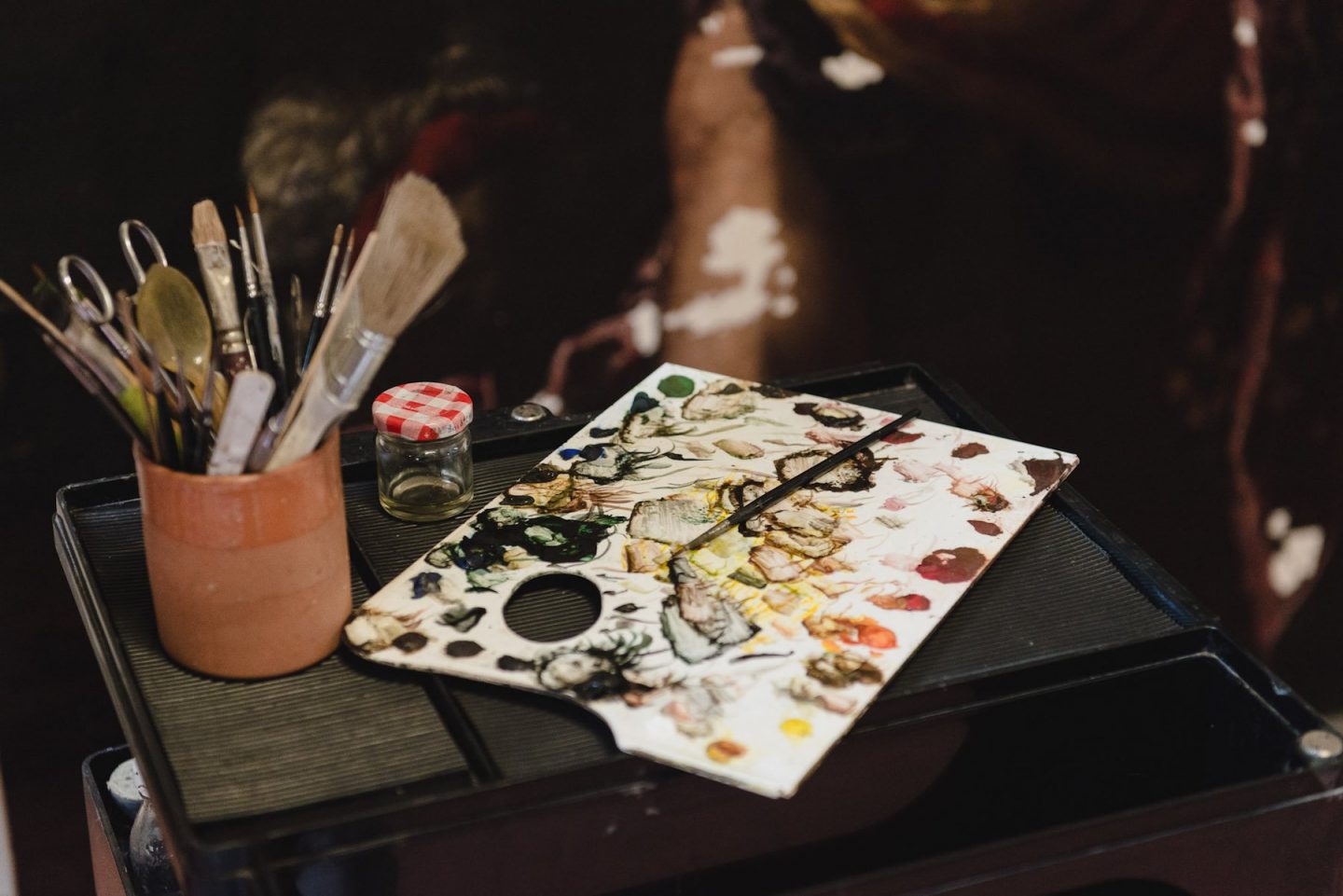
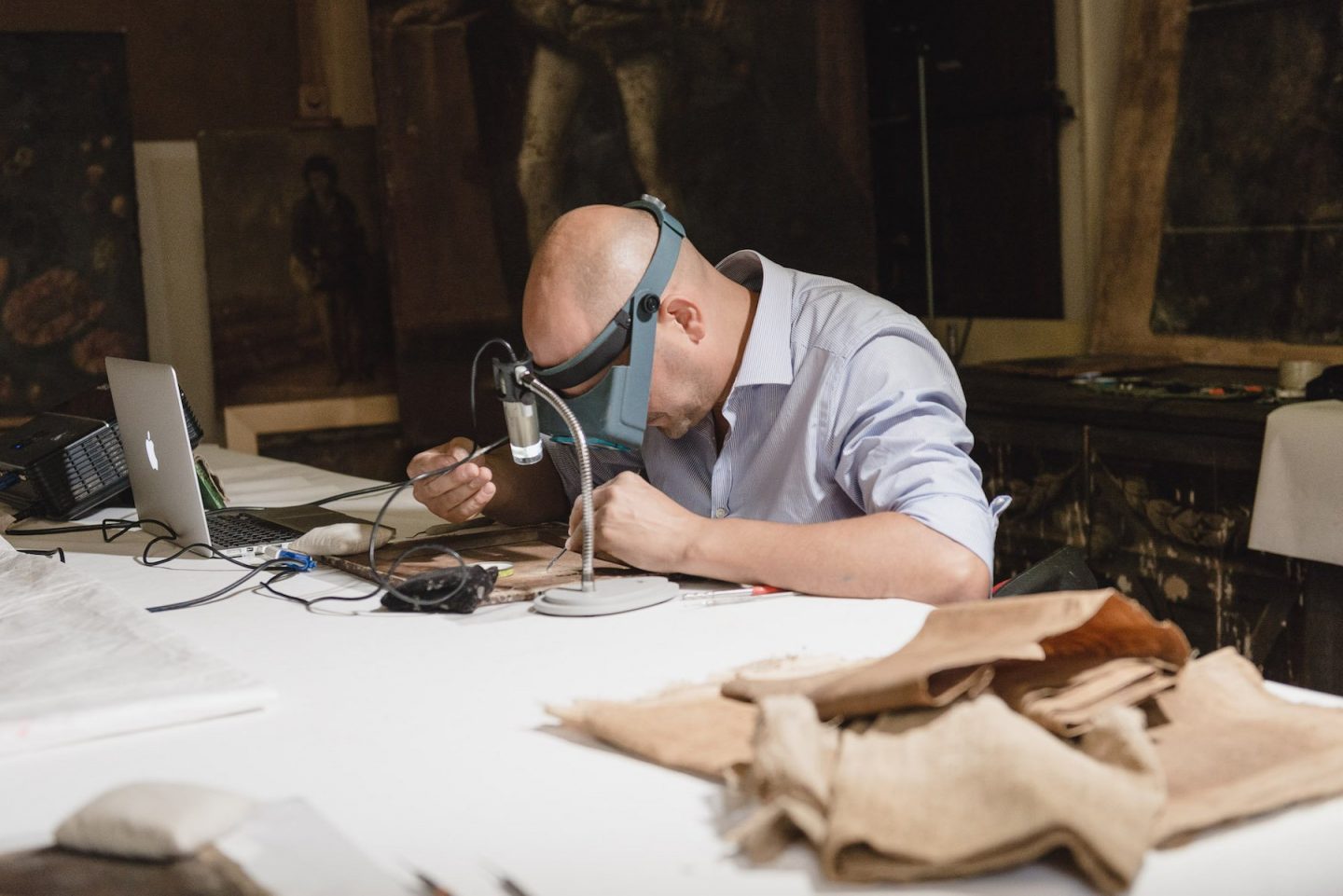
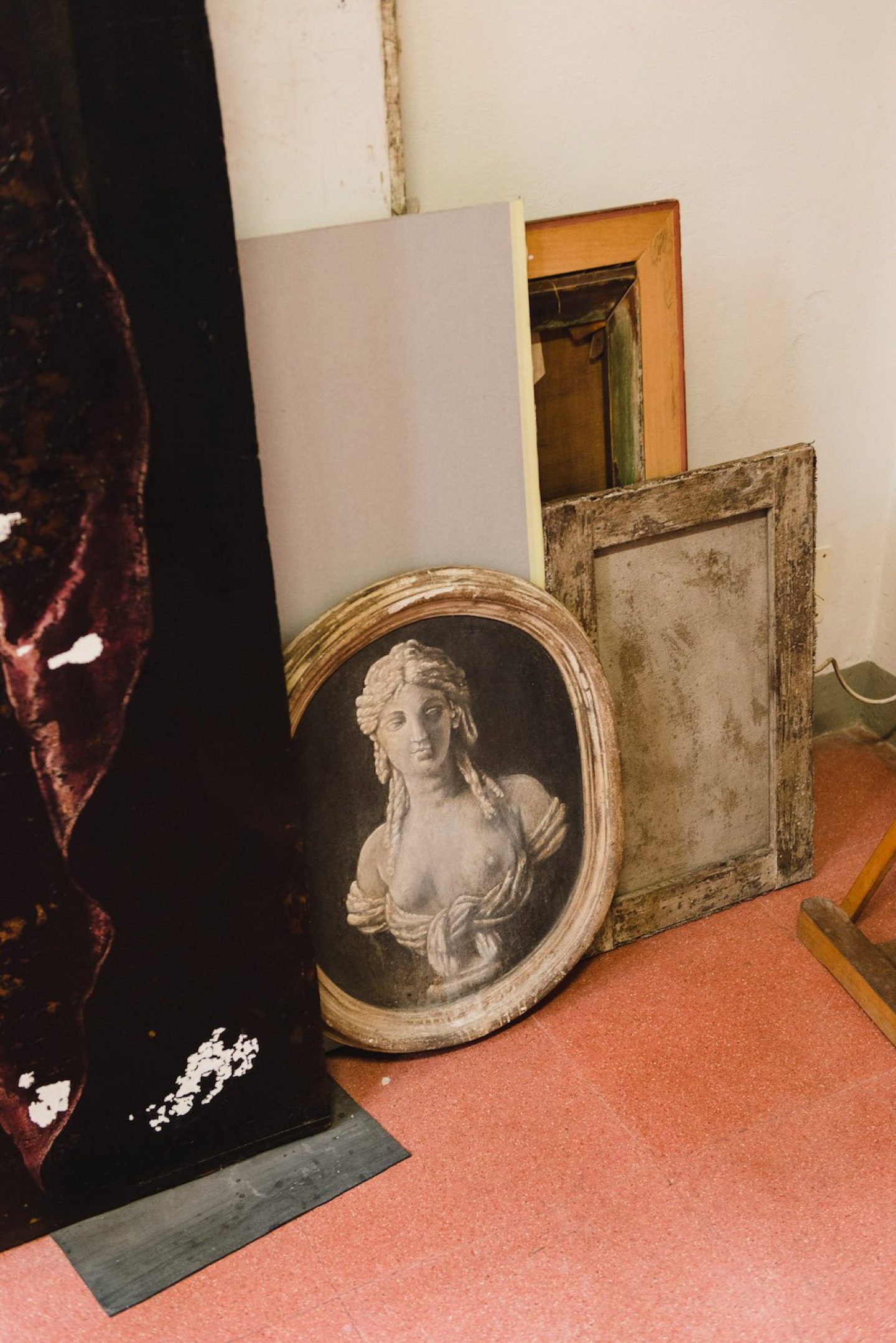
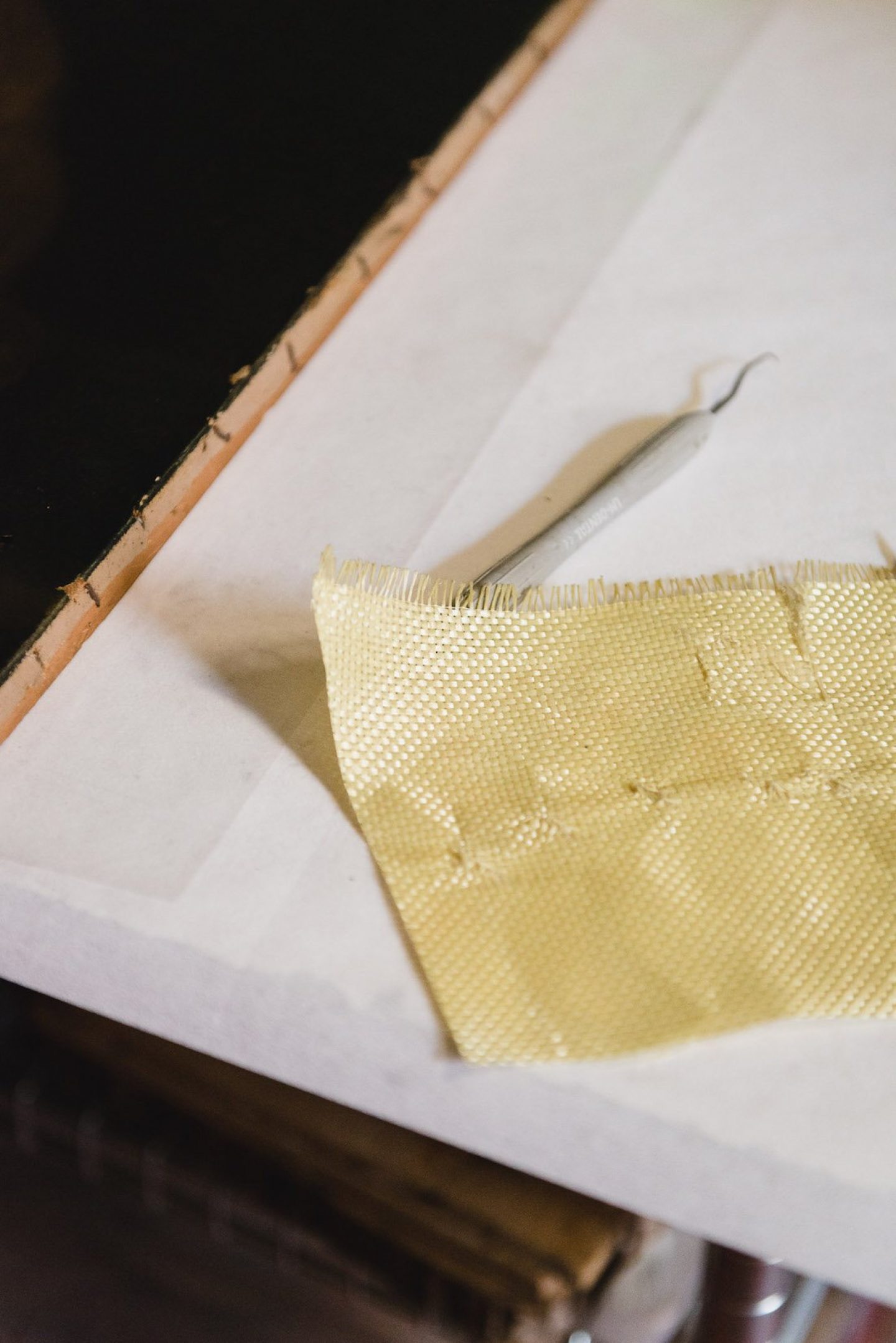
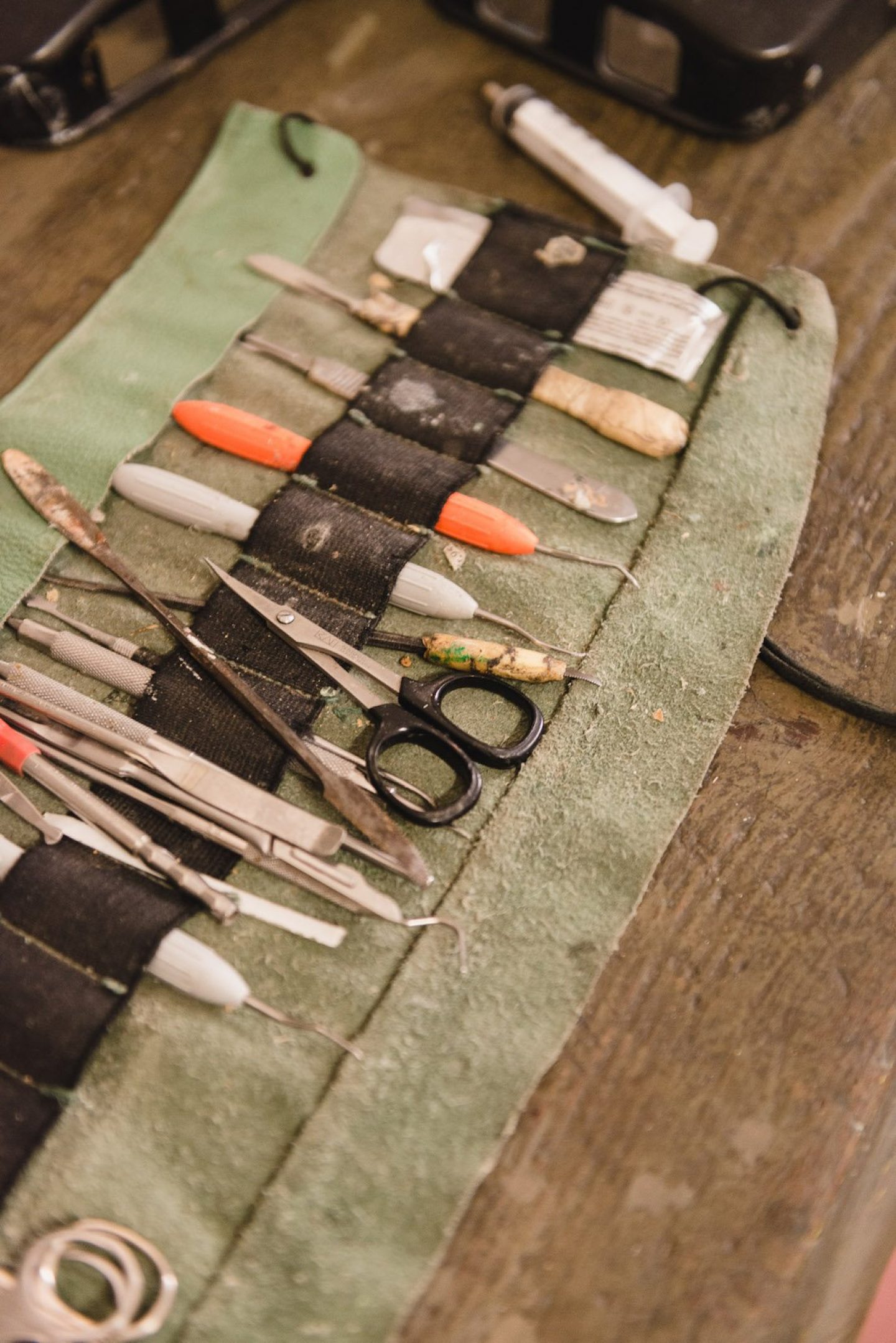
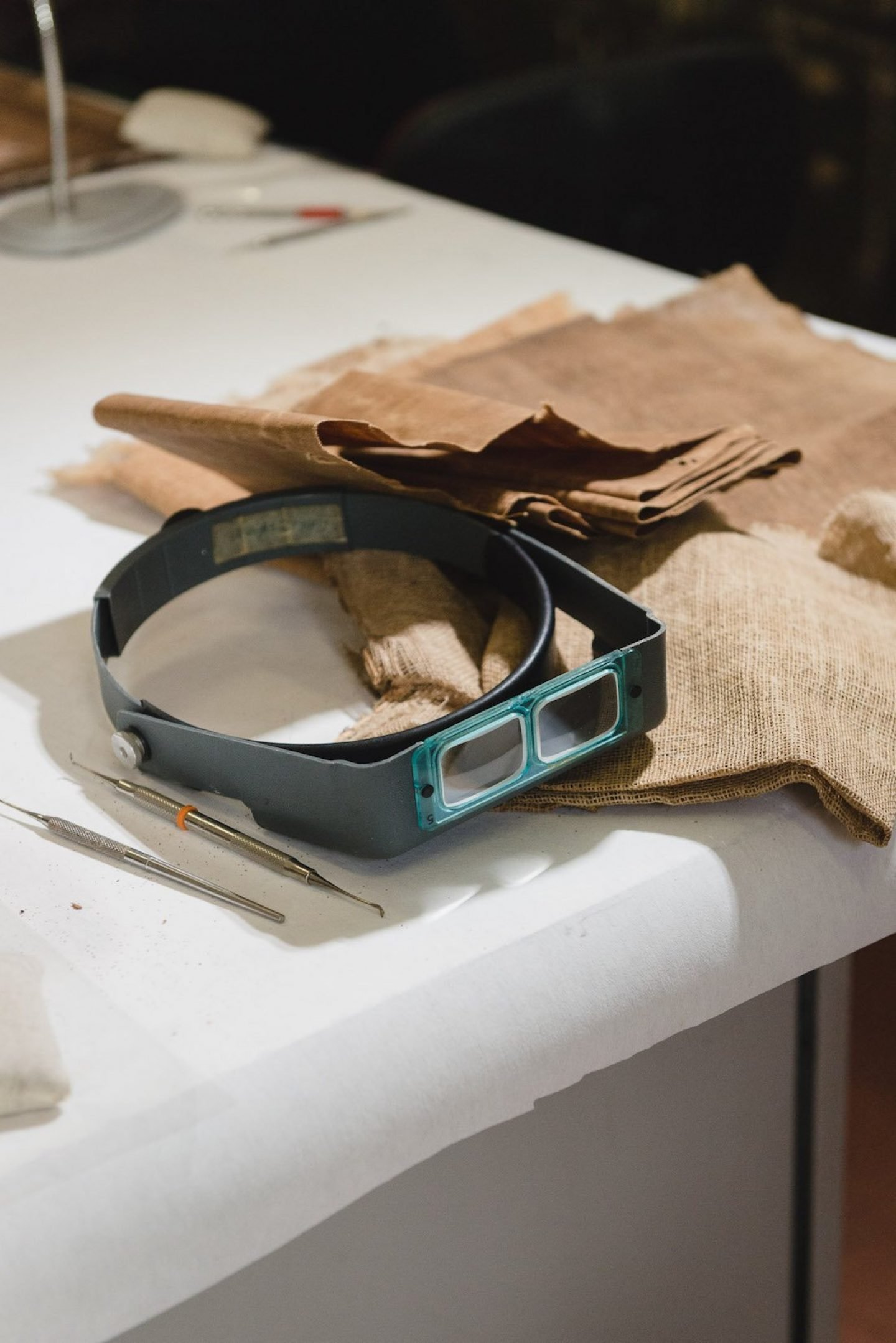
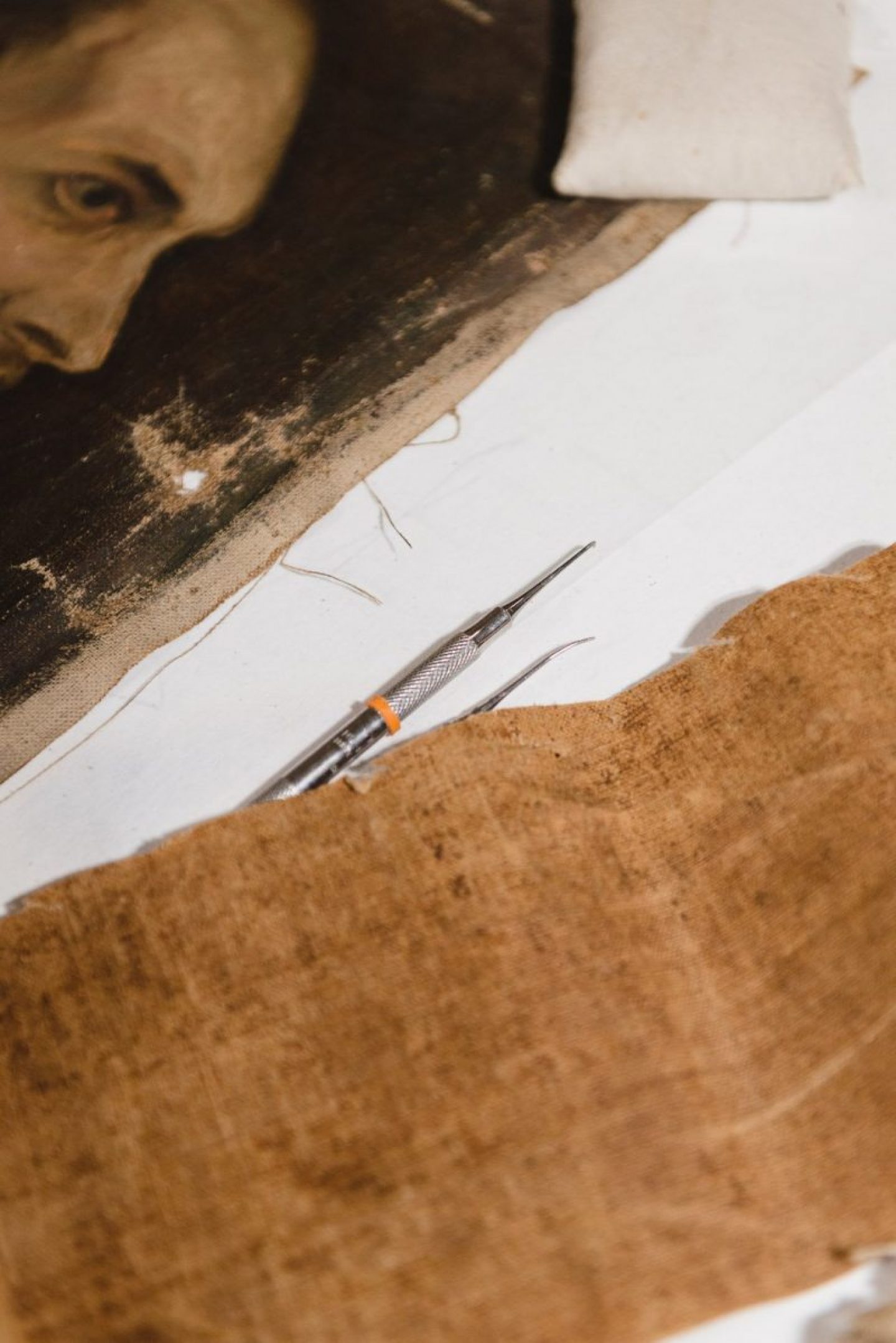
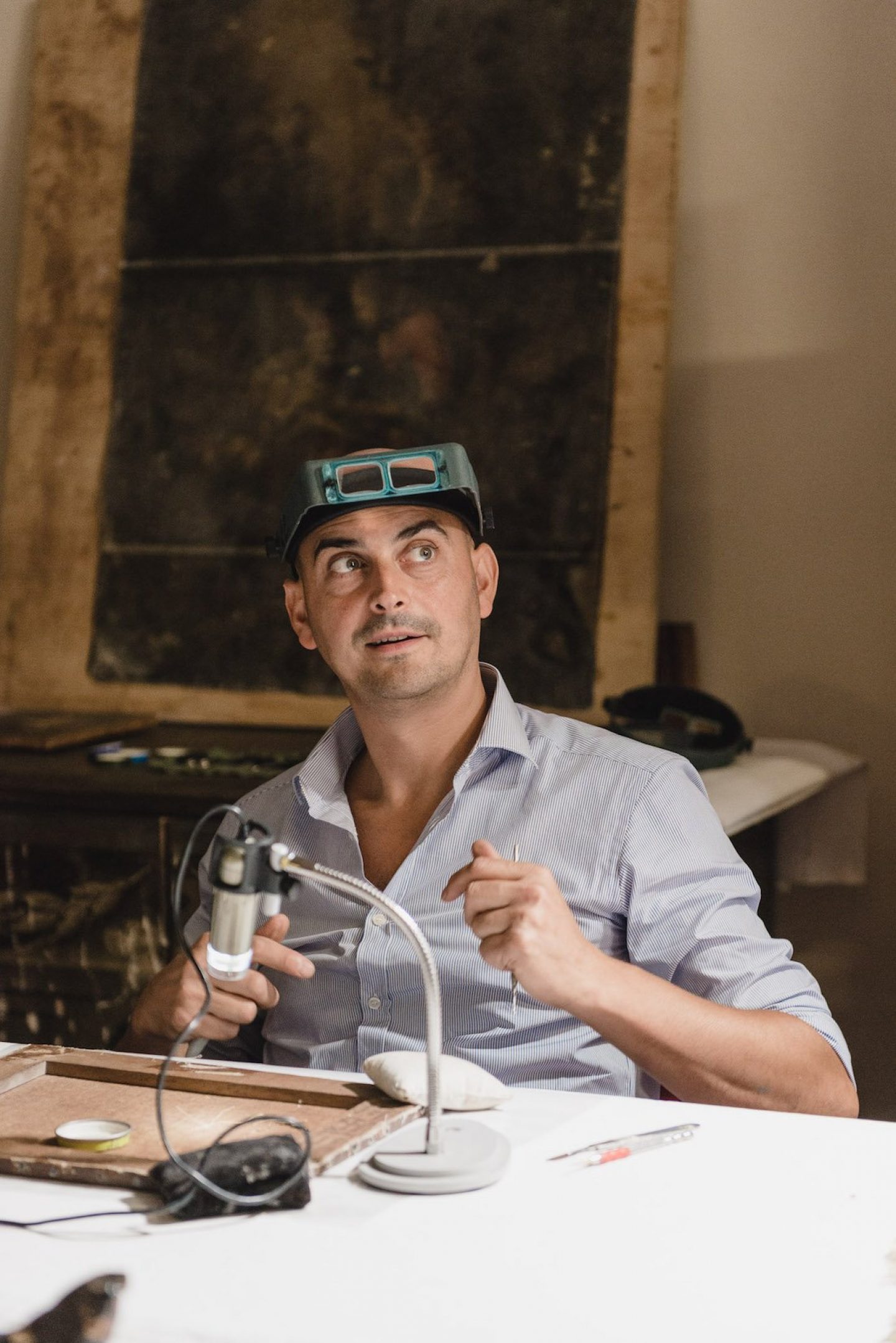
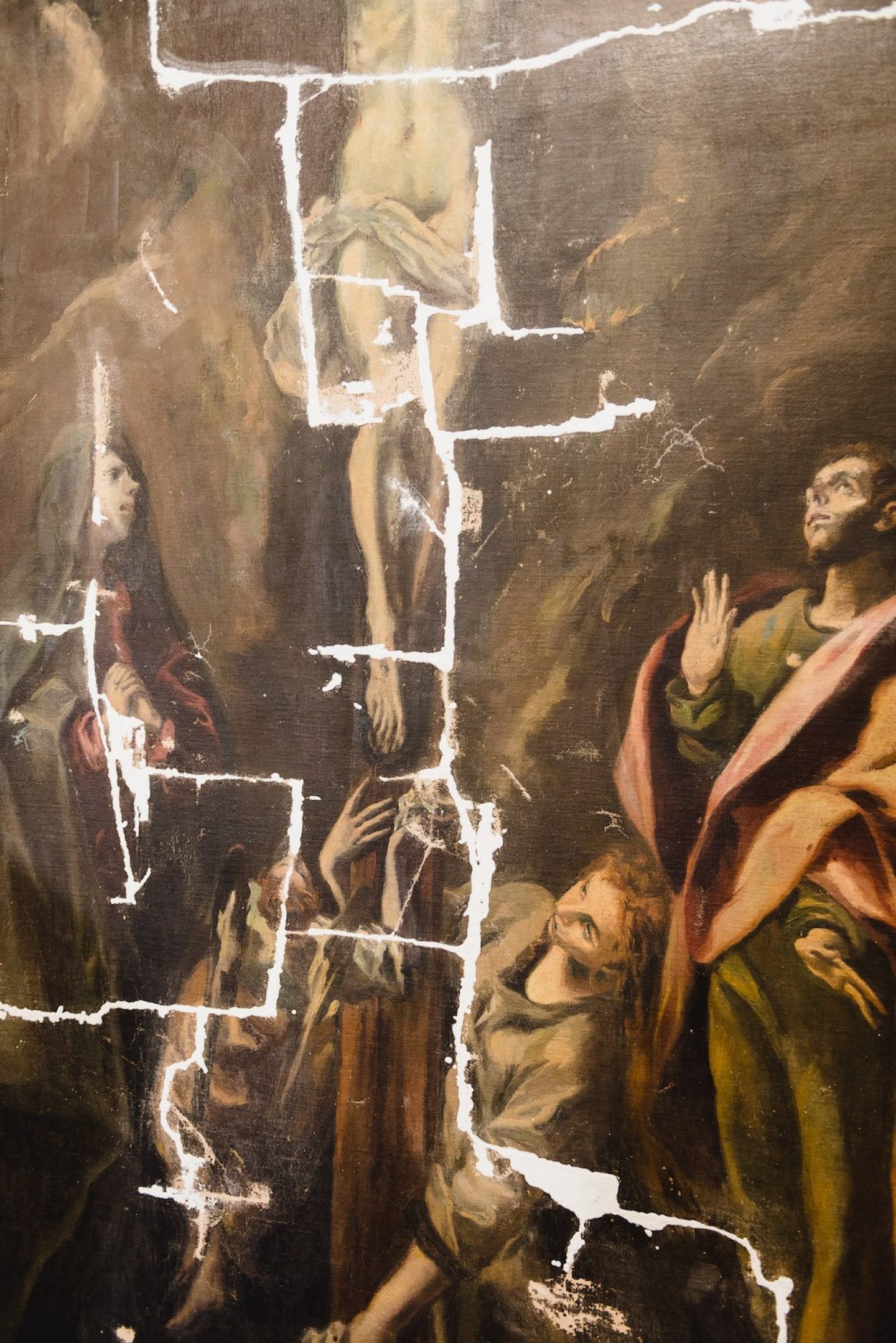
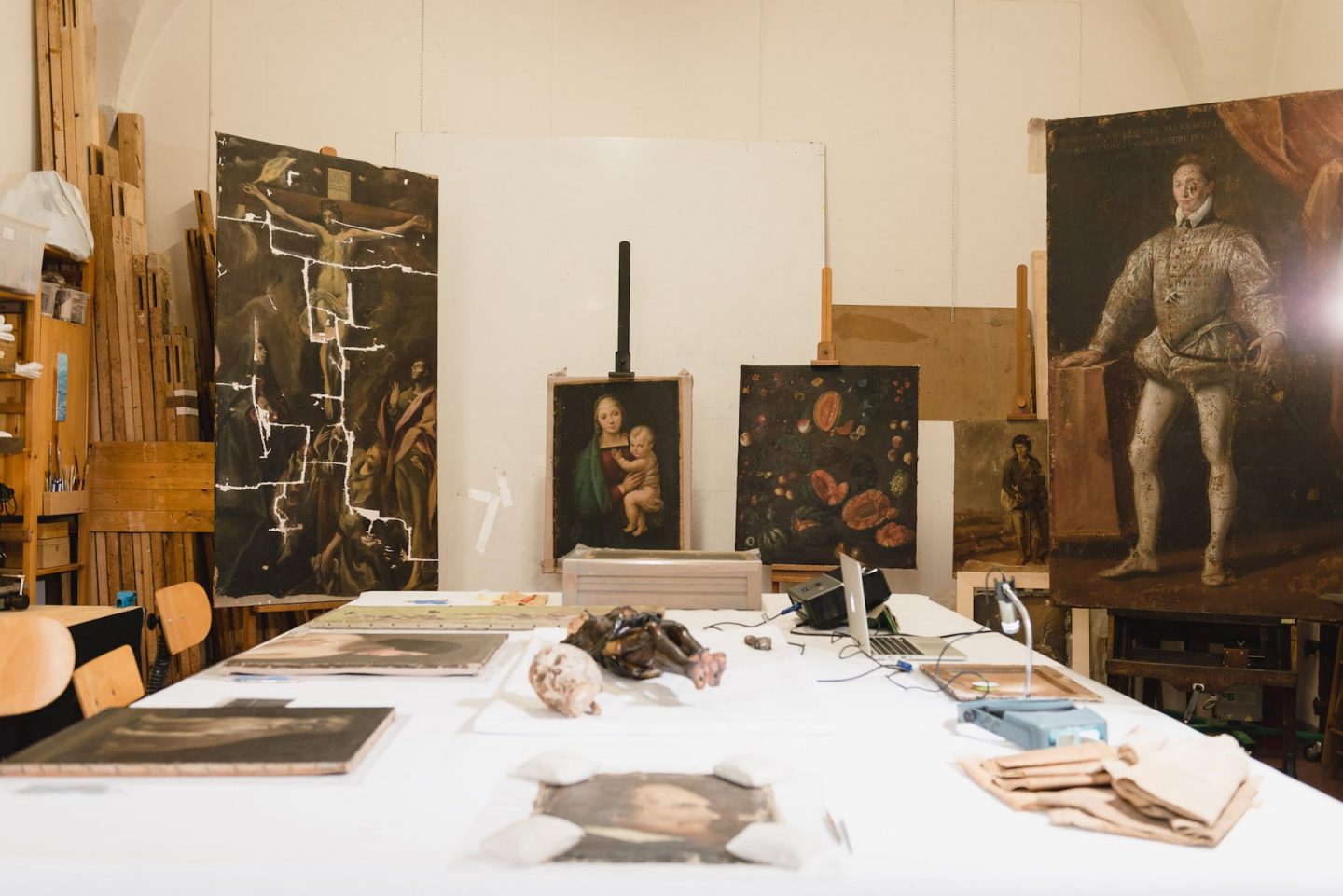
– In collaboration with A. Lange & Söhne –
All images © Franz Grünewald for iGNANT Production. Text by Charmaine Li.
